Takeaway and delivery have been a huge disruptor in the restaurant industry.
For many owners and customers, delivery is increasingly important to the modern restaurant industry. The 2018 MCA Foodservice Delivery Market Report valued the sector at £8.1bn, up 13.4% year-on-year, beating growth in the eat-in market.
According to a Retail Economics study for the British Takeaway Awards, 60% of restaurant-goers have used delivery in the past three months, and the sector could be worth a whopping £15bn by 2023 according to some projections.
And the growth is significant in other parts of Europe too. A Statista analysis found that the delivery service market in Germany grew from €2 billion in 2016 to over €3.6 billion in 2018. By 2022, it is projected to reach €6.8 billion.
This prominent rise in food delivery has given birth to an entirely new concept: the dark kitchen.
As a growing number of consumers order their food through third-party delivery apps like Uber Eats and Deliveroo, most might not even know their meal was prepared in a dark kitchen. But the likelihood of it is high…
What Exactly is a Dark Kitchen?
Dark kitchens, also known as virtual kitchens, cloud kitchens, ghost kitchens, or delivery-only restaurants, are kitchens that cook purely for delivery, so food produced there can only be consumed elsewhere.
The prefabricated structures are designed to help restaurants split up their in-house dining and delivery services, bringing restaurant food to locations without the need for bricks-and-mortar eateries. Restaurant operators usually have staff and cooking areas within the dark kitchen, which is owned by a third party, often a delivery service like Deliveroo. Given their delivery only nature, the chefs are focused solely on creating the ultimate home dining experience.
The first wave of dark kitchens began in London in 2017 from portable buildings or shipping containers. Newer sites outside the capital are in permanent constructions. But none are registered as a restaurant or takeaway, avoiding complex planning permissions. All kitchens are subject to Food Standards Agency checks.
Deliveroo, Trailblazing the Movement
Deliveroo created one of the first dark kitchens, with the introduction of Deliveroo Editions in 2017. Editions are Deliveroo’s ‘version’ of a dark kitchen, claiming to ‘connect customers who want to eat great, exciting food without always traveling into the center of a city, with the restaurants who want to reach them’. The company has seen massive success from the concept ever since.
However, ‘dark kitchens’ isn’t a term that you are likely to hear bandied about in the corridors of Deliveroo HQ. The company refers to them as ‘Super Kitchens’ because they are designed specifically for delivery and cooking.
Providers like UberEats, Supper, and Just Eat are slowly relying more heavily on these remote kitchens as well. Other companies, such as FoodStars or Kitchen United, use a different concept: they rent their ghost kitchens to independent restaurants and start-ups, rather than big brands and household names.
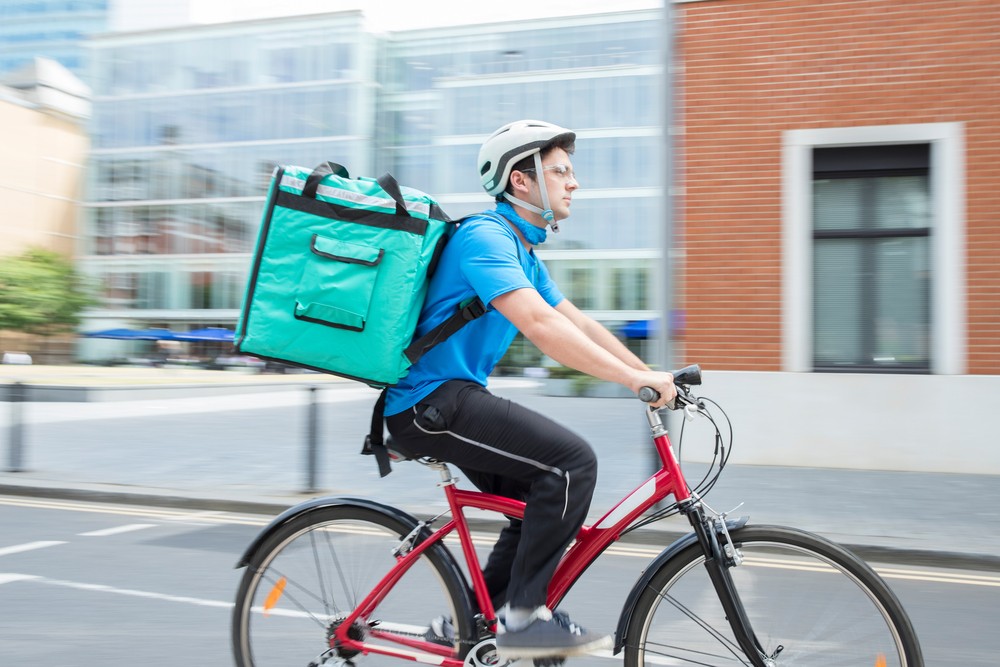
What Drives This Business Type?
Less free time, the rise of online business models, an increased need for convenience and personalized experiences are just a few things that have influenced growth in food delivery, and consequently, dark kitchens.
The demands of digital-age consumers combined with modern technologies are transforming the industry and driving dark kitchens into becoming one of the fastest-growing sectors in hospitality.
Millennial consumers are one of the biggest advocates for dark kitchens, desperate to avoid waiting and wired with an instant gratification mentality, they have high demands, and the restaurant industry has had to reinvent itself to comply.
The internet and mobile phones make the ordering process easy, and apps offer a fun way of tracking deliveries. Believe it or not, but apps are now responsible for 39% of delivery visits – a total increase of 14% year-on-year. The system also offers customers high-quality food quickly, a key selling point when targeting a growing, younger audience.
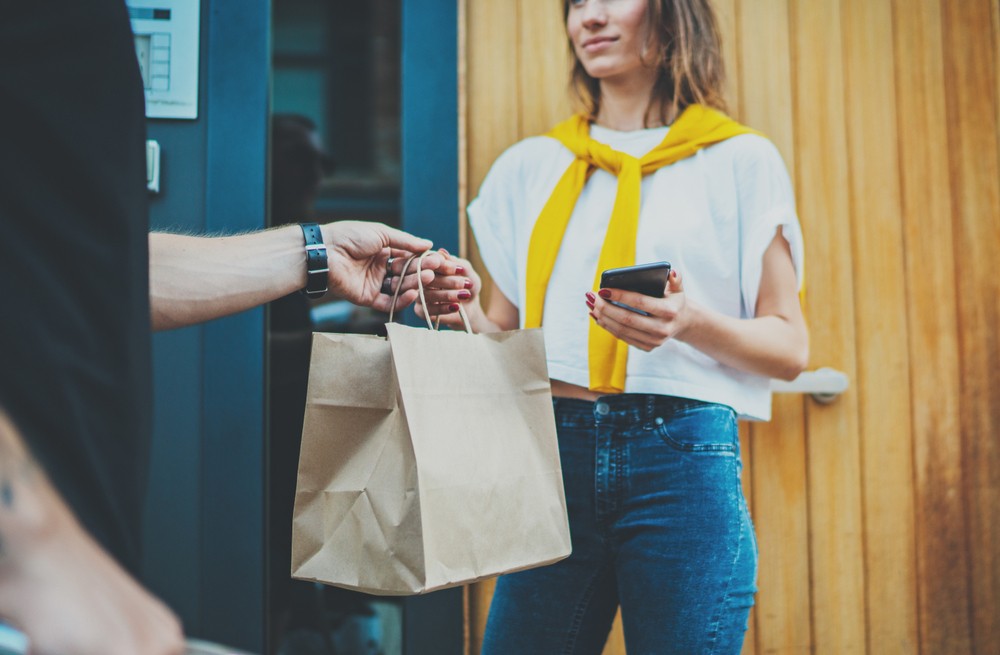
What Are the Benefits?
Dark kitchens make it easy. There is no wasted space for seating, no servers, or waiting staff – just professional chefs there to help restaurateurs maximize their profit margins by reaching customers outside their existing delivery proximity.
Another benefit to the dark kitchen model lies in its ability to change menus quickly and easily. Lots of traditional restaurants emerge in response to changing tastes and trends, leaving them vulnerable when new trends become popular and takeover. However, dark kitchens do not face this problem. With no physical premises to remodel they can change their menus and concept with ease and efficiency.
In addition to menu swapping, dark kitchens enable menu pairing too. Deliveroo’s Editions kitchens allow customers to order dishes from multiple menus simultaneously, quite literally feeding consumers’ range of needs, which is difficult to replicate in a restaurant. This ability to adapt to trends and real-time sales figures is a crucial asset in the restaurant industry.
Dark kitchens also allow businesses to capitalize on further growth. Mexican restaurant chain Tortilla created its first dark kitchen concept in 2018. The backstage kitchen was constructed behind the scenes to specifically process online orders, preparing food for delivery without interfering with customers’ in-store experiences.
The kitchen is equipped to help staff process an extra 150 orders per hour, allowing Tortilla to meet demand.
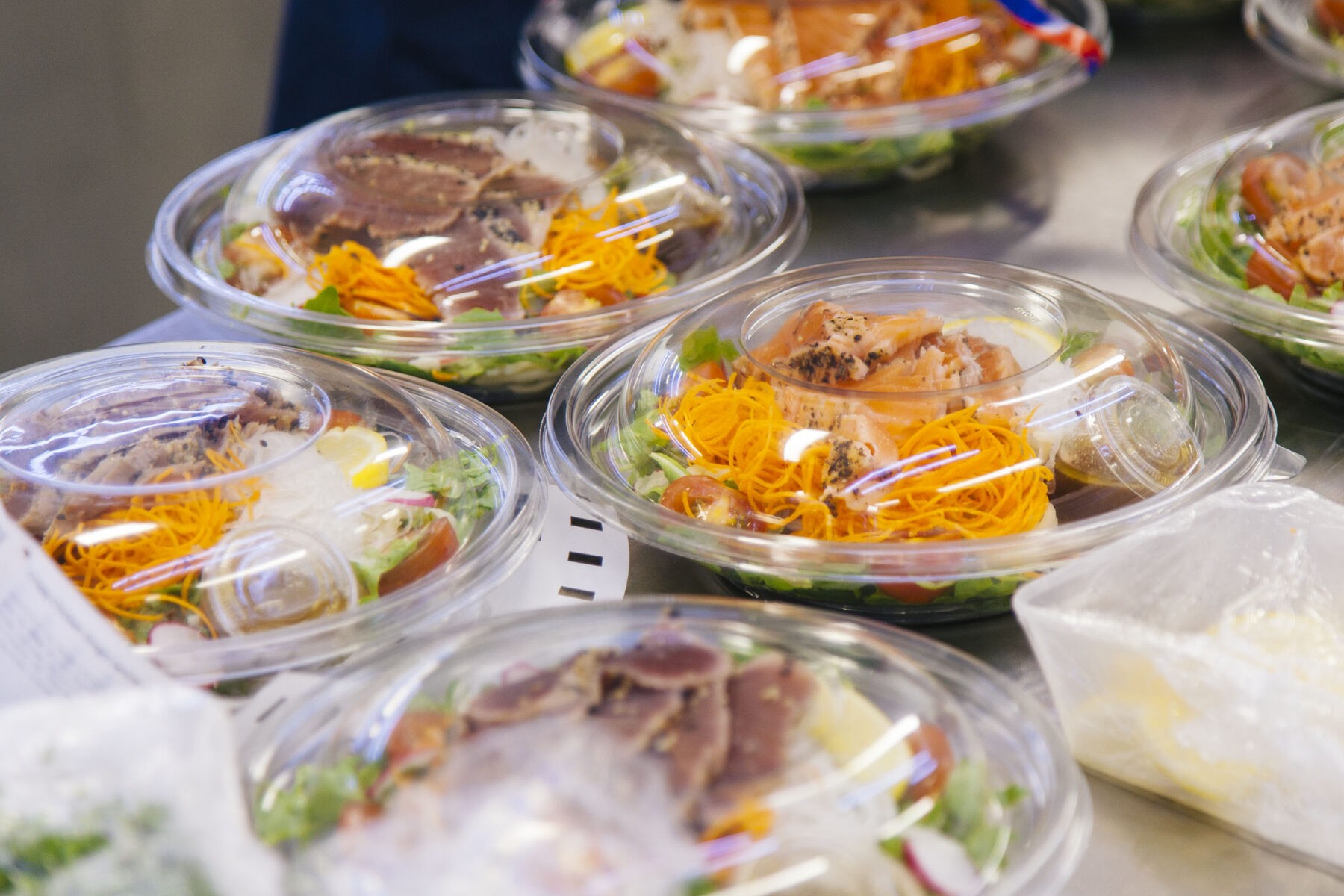
Inside a Dark Kitchen
Despite less than luxurious exteriors, dark kitchens are often kitted out with advanced food prep technology. With a wide range of food types and cuisines being prepared in one kitchen, equipment needs to be flexible to suit a variety of menus.
The kitchens require equipment that is versatile and compatible with the limited space available.
Configured units help save space providing modular solutions, and every piece of kit is chosen for its durability and adaptability. Dark kitchens need the best tech so that business can continue to boom. There’s no time for slowed service. Everything must enable speed and success for high quality and high turnover.
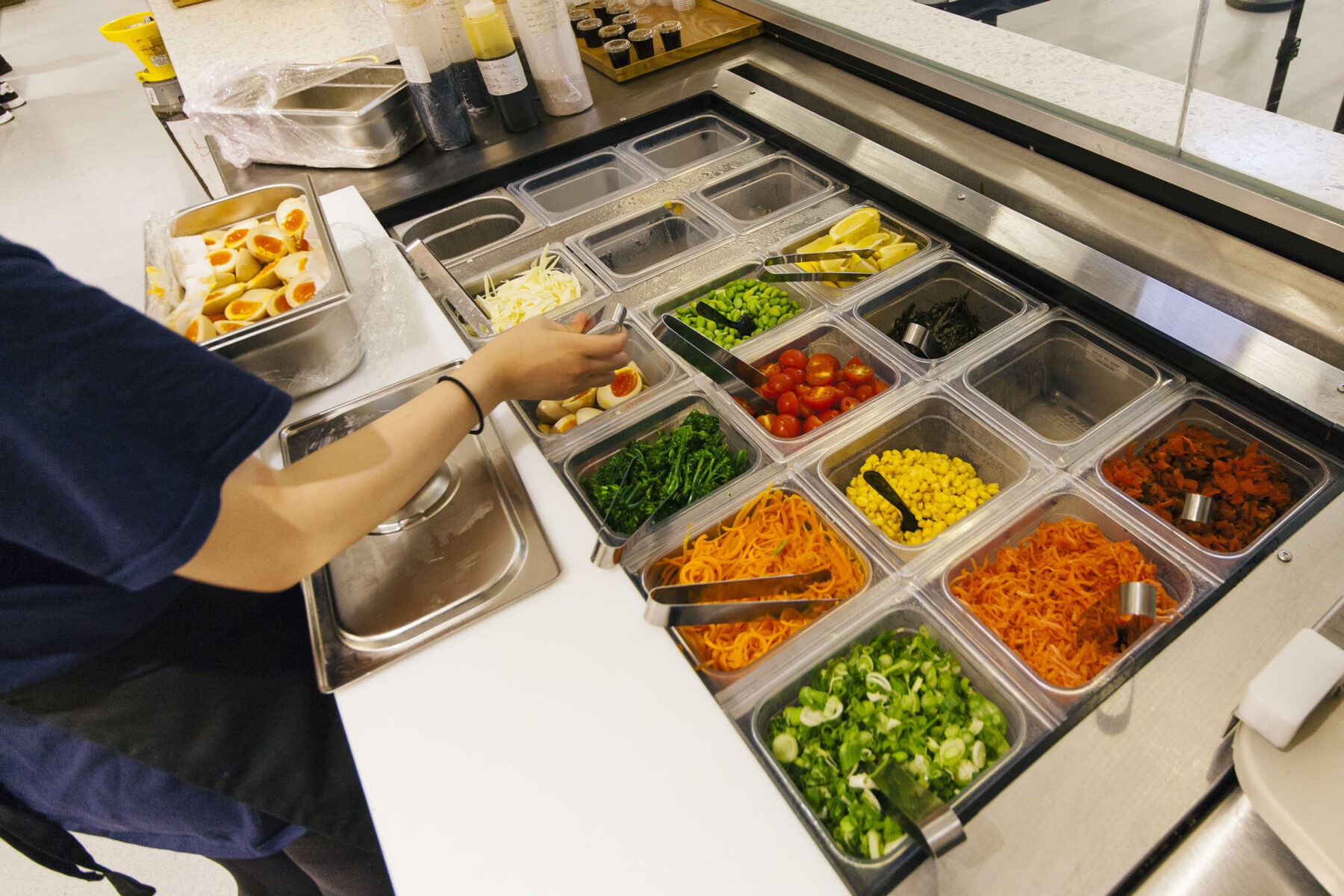
Who’s Jumping on the Bandwagon?
Pizza companies, Cantonese restaurants, and Indian eateries have traditionally led the field in terms of delivery, but less obvious players are now taking a slice out of the delivery market, launching their own dark kitchens in response.
Wagamama, owned by The Restaurant Group, is planning to open three to five standalone delivery kitchens in 2020, aiming to open delivery kitchens in areas that do not have a local Wagamama restaurant.
Global fast-food chain, McDonald’s also opened its first UK dark kitchen in 2019. The kitchen, in Hounslow, London, was built to cater to demand for home orders. According to Property Week, the kitchen will be used to prepare food to meet the “growing appetite” for McDonald’s deliveries direct to customers via apps such as Uber Eats.
Traditional restaurant models are not the only ones to discover the dark side. Many hotels are looking into hosting dark kitchens so that food delivery aggregators such as Deliveroo can supply in-room takeaways for customers that do not want traditional room service.
The news comes after a HGEM consumer survey revealed that 66% of hotel guests have used a delivery service to order food to their room as consumers, particularly millennials, are prepared to snub hotel food for their favorite takeaway brands.
And Who’s Sceptical?
While some brands are on board with the dark kitchen movement, others are wary. The Asian Catering Federation (ACF), which represents the UK’s 30,000 Asian and Oriental eateries, has warned that the rise of dark kitchens could kill off restaurants and takeaways, according to the Foodservice Equipment Journal.
They claim that as more people ignore local restaurants by using mobile phone apps to order from dark kitchens, they are helping accelerate a process that is destroying high street economies. Restaurants are losing custom due to a decrease in footfall and an increase in online ordering, which is leaving the industry in a dire state – two Asian and Oriental restaurants close a week in the UK.
Others question the sustainability of the dark kitchen movement. Vietnamese cuisine specialist Pho warned that conventional foodservice operators are facing growing pressures from delivery companies, criticizing the way the dark delivery model works. Despite a 72% rise in sales in 2018, Deliveroo lost £232m, growing fast but making little profit.
It is unknown which delivery company will dominate and where it will leave restaurateurs.
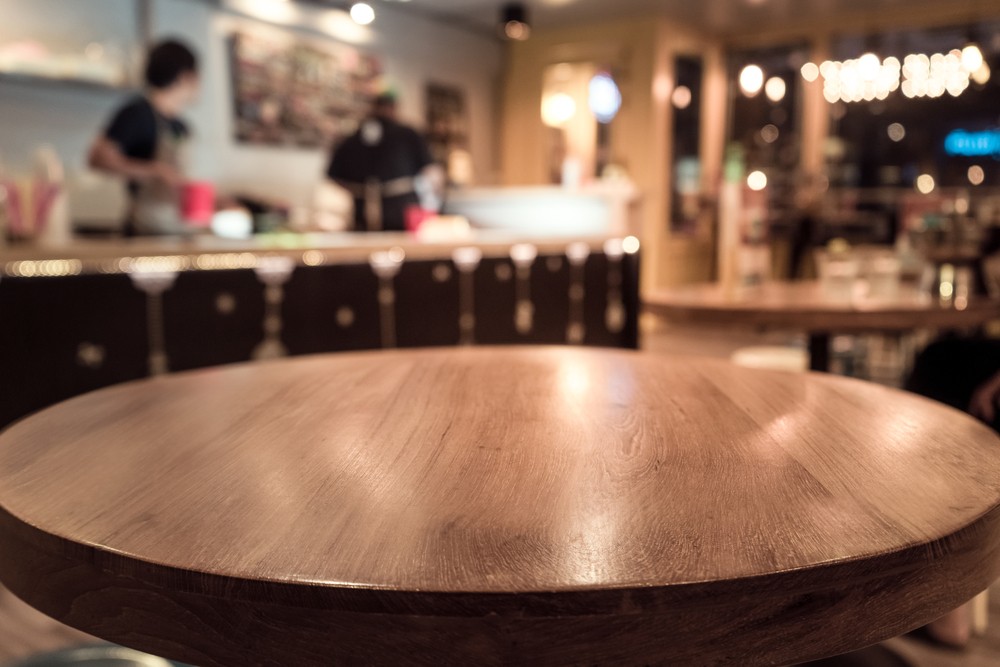
Is the Rise in Dark Kitchens Putting People Off Eating Out?
Restaurants are scrambling to adjust as change sweeps the dining landscape.
The rapid rise of these dark kitchens has property experts predicting the death of brick-and-mortar restaurants as online deliveries become the norm. A Nectar survey revealed that 43% of people said they ate out less after starting to use delivery apps. However, there is an age divide. The survey also stated that 55% of people under 34 use delivery apps, in contrast to just 20% of 45-54-year olds.
It is important to remember that it is unlikely we are facing a future where restaurants exist only online, and all meals are consumed in front of a television at home. The experience of dining out with family and friends is enjoyed by all and will never be extinguished. However, we can expect to see a change in the landscape.
As rent prices continue to rise, the idea of creating a delivery-only restaurant becomes more attractive, especially if you already have a successful brand. Plus, dark kitchens are a blessing for new restaurateurs, who can set up shop and get immediate access to a growing digital market, without the cost and risk of opening a restaurant.
In order to remain competitive over the long term, restaurants have to keep coming up with new ideas.
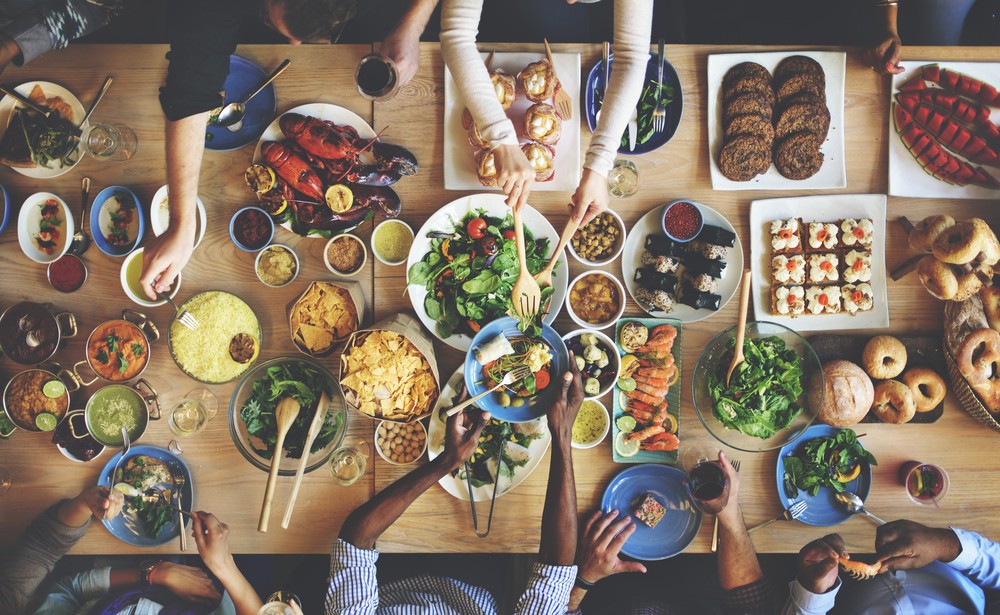
The Impact of Coronavirus
Since Coronavirus led to the temporary closure of restaurants, bars, and cafes across Europe, the restaurant delivery sector has seen a spike in new customers.
According to data from Deliveroo, more and more operators are registering with delivery platforms to send their food to customers at home in a bid to mitigate the damaging impact the crisis has had on business.
Deliveroo says it registered almost 3,000 new UK restaurants in March and has published detailed guidance on how restaurants can run delivery-only outlets safely, covering issues such as how to minimize contact, packaging, and hygiene best practice.
There have also been a number of discussions about how hotels and restaurants will continue to serve guests post-lockdown if social distancing measures remain in place. The decline in hotel guests may prompt hoteliers to seriously consider delivered-in services to accommodate in-room dining.
The impact of Coronavirus has already caused a huge shift in the way that hospitality businesses operate and serve their customer base. It will be interesting to see how many restaurants continue to deliver once lockdown procedures lifted and the impact the virus will have on the future of dark kitchen delivery.
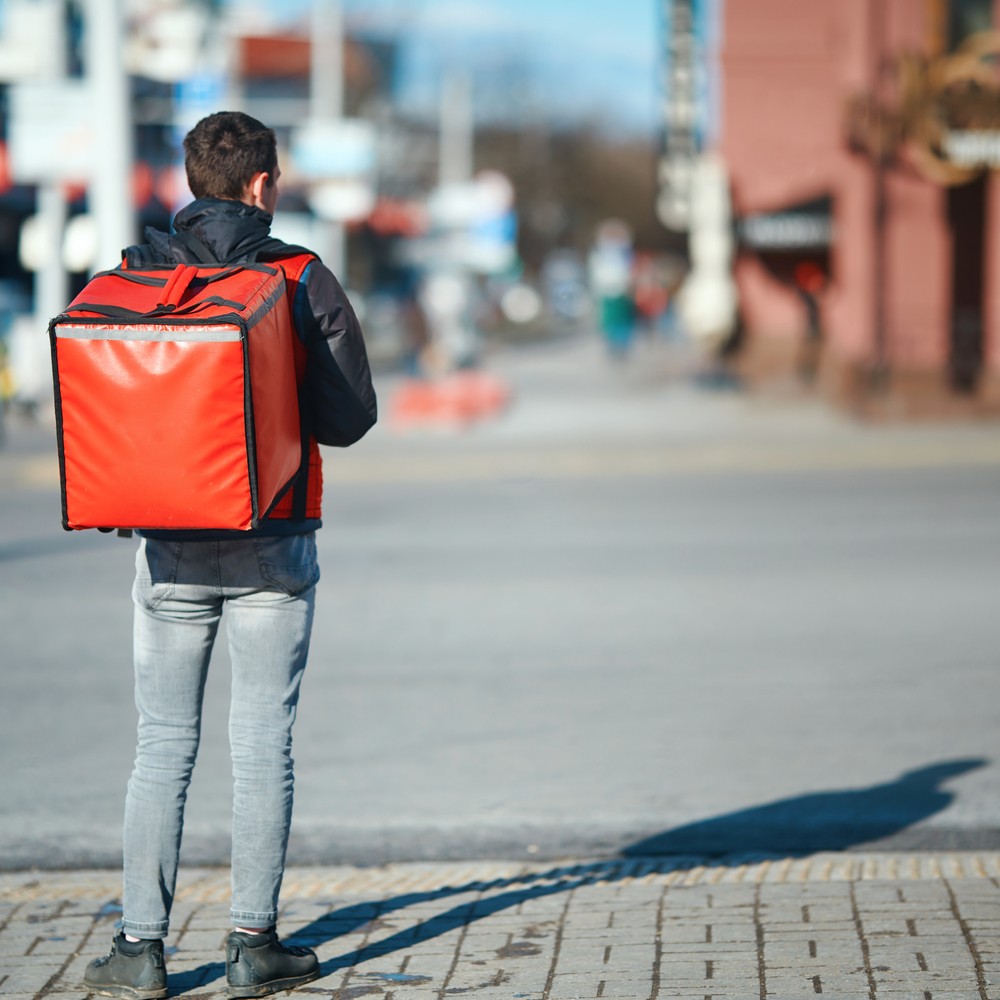
The Future of Dark Kitchens
Dark kitchens are still in their early days, but most operators and commentators have predicted that they will be here for some time yet.
The model is likely to continue to grow, but to what effect? As consumers eat more restaurant-quality food from the comfort of their homes, will they come to miss the joy that eating out in a community brings?
A few years ago, American Express created a pop-up space called Take In, where friends could sit together at a table before each ordering from different eateries via an app and waiting for their food to arrive at the shared table. A novel idea, introducing the best of both worlds.
So, is this the future?
We’re keen to see what’s next for dark kitchens and the restaurant trade…
Follow True on social media for more industry insight.












